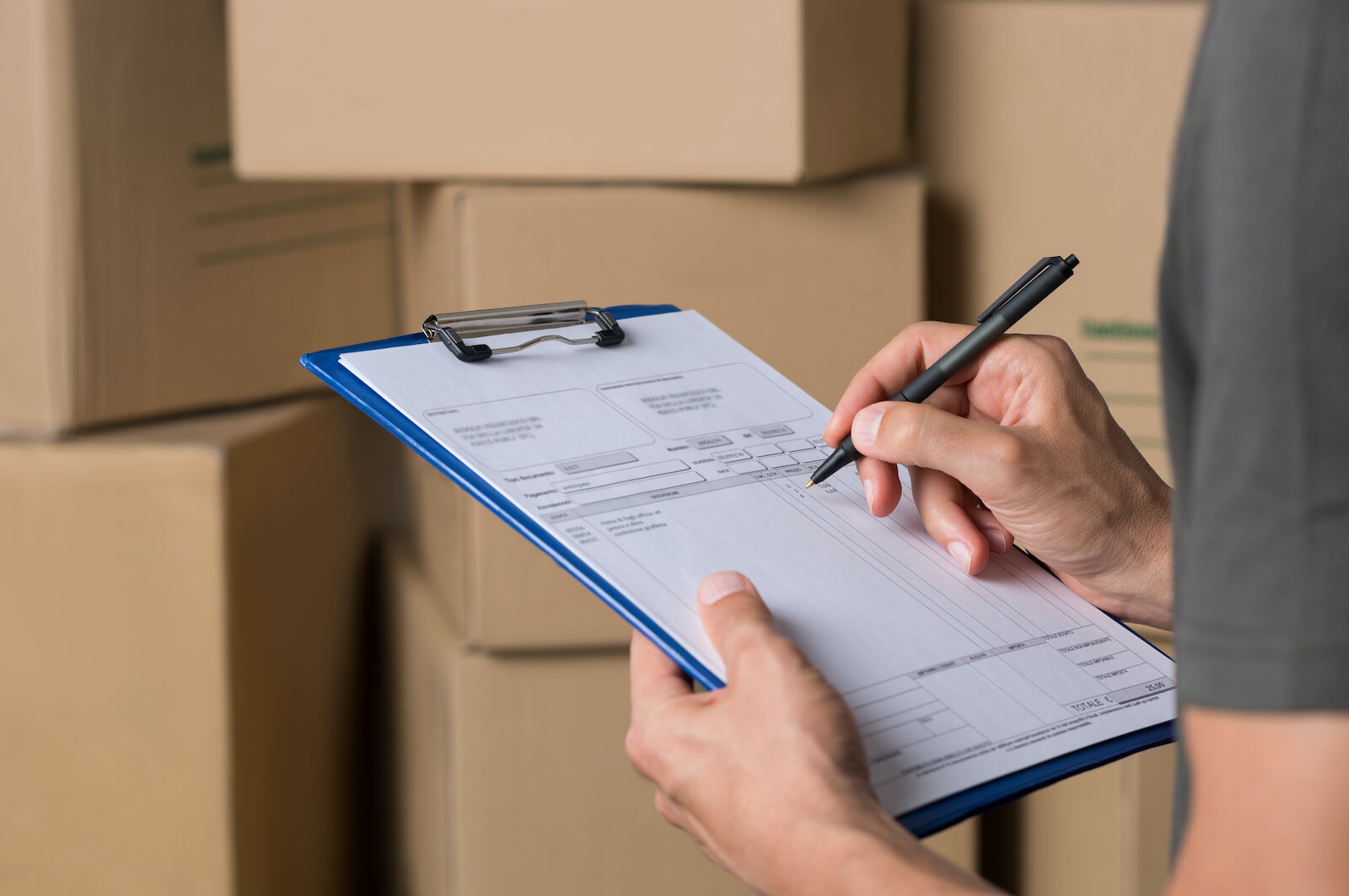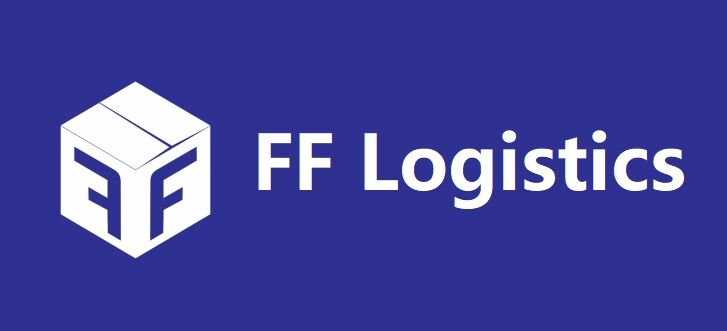Customer experience plays a vital role in logistics. It directly impacts how your business performs and how loyal your customers remain. Today, customers demand more than just timely deliveries. They expect transparency in every step, faster services, and options tailored to their needs. Meeting these expectations requires you to focus on strategies that enhance satisfaction and build trust. By addressing these demands, you can improve customer experience and create a competitive edge in the logistics industry.
Identifying common challenges in logistics that affect customer experience
Delays and inefficiencies in the supply chain
Delays in the supply chain disrupt your operations and frustrate your customers. When shipments arrive late, it creates a ripple effect that impacts delivery schedules and customer satisfaction. Inefficiencies, such as poor inventory management or outdated processes, slow down the entire system. These issues often stem from a lack of coordination between suppliers, warehouses, and transportation providers. To improve customer experience, you need to identify bottlenecks and streamline your supply chain operations. By addressing these inefficiencies, you can ensure faster and more reliable deliveries.
Lack of transparency and communication with customers
Transparency builds trust. When customers cannot track their orders or receive timely updates, they feel disconnected and dissatisfied. A lack of communication leaves them guessing About delivery times or potential delays. This uncertainty damages their overall experience. Providing real-time tracking tools and proactive notifications can solve this problem. Keeping your customers informed at every step of the process helps you build stronger relationships and improve customer experience. Clear and consistent communication reassures them and sets realistic expectations.
Inconsistent last-mile delivery performance
The last mile is the final and most critical stage of the delivery process. Inconsistent performance during this phase can lead to missed deadlines, incorrect deliveries, or damaged goods. These issues directly affect how customers perceive your service. Factors like traffic congestion, poor route planning, or untrained delivery personnel often contribute to these inconsistencies. To address this challenge, focus on optimizing your last-mile operations. Use technology to plan efficient routes and train your delivery teams to handle customer interactions professionally. Reliable last-mile delivery enhances customer satisfaction and ensures repeat business.
The role of technology and innovation in enhancing customer satisfaction
Real-time tracking and visibility tools
Real-time tracking tools allow you to monitor shipments at every stage. These tools provide accurate updates on the location and status of deliveries. Customers no longer need to wonder where their packages are or when they will arrive. You can use tracking systems to share live updates with your customers, ensuring they stay informed throughout the process. This transparency builds trust and reduces uncertainty.
Visibility tools also help you identify potential delays before they occur. For example, if a shipment faces unexpected traffic or weather issues, you can notify your customers immediately. Proactive communication like this improves customer experience by setting clear expectations. By integrating real-time tracking into your logistics operations, you enhance reliability and strengthen customer relationships.
Automation and AI in streamlining logistics operations
Automation simplifies repetitive tasks and reduces human error. For instance, automated sorting systems in warehouses speed up order processing. This efficiency ensures that shipments move faster through the supply chain. You can also use automation to manage inventory levels, ensuring products are always available when needed.
Artificial intelligence (AI) takes automation a step further. AI analyzes data to optimize routes, predict demand, and allocate resources effectively. For example, AI-powered route planning tools help delivery drivers avoid traffic and choose the fastest paths. This reduces delivery times and enhances customer satisfaction. By adopting automation and AI, you streamline operations and deliver consistent, high-quality service.
Data analytics for predicting customer needs and improving services
Data analytics helps you understand customer behavior and preferences. By analyzing past orders, you can predict future needs and tailor your services accordingly. For example, if customers frequently request weekend deliveries, you can adjust your operations to meet this demand. Predictive analytics also helps you identify trends, such as seasonal spikes in orders, allowing you to prepare in advance.
You can use data to improve operational efficiency as well. For instance, analyzing delivery performance metrics highlights areas for improvement. If certain routes consistently face delays, you can address the underlying issues. Data-driven decisions enable you to refine your processes and improve customer experience. By leveraging analytics, you gain valuable insights that drive better outcomes for both your business and your customers.
The importance of last-mile delivery and customer feedback
Optimizing last-mile delivery for speed and accuracy
The last mile is the most critical phase of the delivery process. It directly impacts how customers perceive your service. Speed and accuracy in this stage determine whether you meet or exceed customer expectations. To optimize last-mile delivery, focus on improving efficiency and minimizing errors.
Start by using route optimization tools. These tools help delivery drivers find the fastest and most efficient paths. They consider factors like traffic, weather, and road conditions. By reducing travel time, you can ensure faster deliveries and improve customer satisfaction.
Train your delivery personnel to handle packages with care. Damaged goods or incorrect deliveries frustrate customers and harm your reputation. Provide clear instructions and equip your team with the tools they need to perform their tasks effectively. A well-trained team ensures accurate and professional service.
Consider implementing delivery time slots. Allow customers to choose a specific time for their delivery. This flexibility reduces missed deliveries and enhances convenience. When customers receive their orders on time and in perfect condition, they are more likely to trust your service.
"Optimizing last-mile delivery for speed and accuracy is essential for building a positive customer experience." – Industry Insight
By prioritizing speed and accuracy, you can create a seamless last-mile experience that leaves a lasting impression on your customers.
Leveraging customer feedback to identify pain points and improve services
Customer feedback is a valuable resource for improving your logistics operations. It provides insights into what works well and what needs improvement. By actively seeking and analyzing feedback, you can identify pain points and address them effectively.
Encourage customers to share their experiences. Use surveys, feedback forms, or app-based reviews to collect their opinions. Ask specific questions about delivery times, communication, and overall satisfaction. Detailed feedback helps you pinpoint areas that require attention.
Analyze the feedback to identify recurring issues. For example, if multiple customers mention delays in a specific area, investigate the cause. Addressing these problems shows that you value their input and are committed to improving your service.
Act on the feedback promptly. Implement changes based on customer suggestions and monitor the results. For instance, if customers request more flexible delivery options, introduce features like evening or weekend deliveries. Demonstrating responsiveness builds trust and strengthens customer relationships.
Share the improvements with your customers. Let them know how their feedback has influenced your decisions. This transparency fosters loyalty and encourages continued engagement.
"Leveraging customer feedback allows you to turn challenges into opportunities for growth and improvement." – Industry Insight
By using customer feedback as a guide, you can refine your services and create a customer-centric approach that drives satisfaction and loyalty.
Partnering with local delivery providers for better reach and efficiency
Partnering with local delivery providers can enhance your logistics operations. These providers have a deep understanding of their regions, which allows them to navigate challenges like traffic or remote locations more effectively. Collaborating with them improves your reach and efficiency.
Local partners can help you expand your delivery network. They enable you to serve areas that may be difficult to access with your existing resources. This expanded coverage ensures that more customers can benefit from your services.
Working with local providers also reduces delivery times. Their familiarity with the area allows them to choose the best routes and avoid delays. Faster deliveries lead to happier customers and a stronger reputation for your business.
Focus on building strong relationships with your partners. Clearly communicate your expectations and provide the necessary support. Regularly review their performance to ensure they meet your standards. A reliable partnership creates a seamless delivery experience for your customers.
Consider integrating local providers into your technology systems. Share real-time tracking information and updates with them. This Integration ensures consistent communication and enhances transparency for your customers.
"Partnering with local delivery providers combines their regional expertise with your operational strengths, creating a win-win solution for both businesses and customers." – Industry Insight
By collaborating with local delivery providers, you can improve efficiency, expand your reach, and deliver a superior customer experience.
Examples of successful implementations in logistics
Case study: How Amazon improved customer satisfaction with real-time tracking
Amazon has set a benchmark in logistics by using real-time tracking to enhance customer satisfaction. The company introduced advanced tracking systems that allow you to monitor your package at every stage of the delivery process. This transparency eliminates uncertainty and builds trust.
Amazon’s tracking tools provide live updates, including the exact location of your package and estimated delivery times. These updates keep you informed and reduce the need to contact customer support. The company also sends proactive notifications about delays or changes, ensuring you always know what to expect.
By integrating real-time tracking into its operations, Amazon has streamlined its logistics process. This approach not only improves delivery accuracy but also enhances your overall experience. The result is a loyal customer base that values reliability and transparency.
"Real-time tracking has become a cornerstone of customer satisfaction in modern logistics." – Industry Insight
Amazon’s success demonstrates how technology can transform logistics and meet your expectations for speed and visibility.
Case study: How FedEx optimized last-mile delivery for urban customers
FedEx has revolutionized last-mile delivery by focusing on urban areas where challenges like traffic congestion and limited parking often cause delays. The company implemented route optimization tools to improve delivery speed and accuracy. These tools analyze traffic patterns and identify the most efficient paths for drivers.
FedEx also introduced flexible delivery options tailored to your needs. For example, you can choose specific time slots or pick-up locations that fit your schedule. This flexibility ensures that you receive your packages conveniently and without hassle.
To further enhance last-mile delivery, FedEx trained its drivers to handle urban challenges effectively. Drivers use handheld devices to confirm deliveries and communicate with you in real time. This professional approach minimizes errors and ensures a smooth experience.
"Optimizing last-mile delivery is essential for meeting the unique demands of urban customers." – Industry Insight
FedEx’s innovations highlight the importance of adapting logistics strategies to address specific challenges. By prioritizing efficiency and customer convenience, the company has set a high standard for urban deliveries.
Case study: How DHL used AI to personalize logistics services
DHL has embraced artificial intelligence (AI) to deliver personalized logistics services that cater to your unique preferences. The company uses AI-powered tools to analyze customer data and predict your needs. This analysis helps DHL offer tailored solutions, such as customized delivery options or recommendations based on your past orders.
AI also plays a crucial role in optimizing DHL’s operations. For instance, the company uses AI to plan delivery routes, allocate resources, and forecast demand. These improvements ensure faster deliveries and higher accuracy, enhancing your overall experience.
DHL’s AI-driven chatbots provide instant support for common inquiries. You can use these tools to track shipments, reschedule deliveries, or resolve issues quickly. This seamless interaction saves time and makes the process more convenient for you.
"Artificial intelligence enables logistics companies to deliver highly personalized and efficient services." – Industry Insight
DHL’s success with AI demonstrates how innovation can create a customer-centric approach. By leveraging advanced technology, the company has redefined what it means to provide exceptional logistics services.
Improving customer experience in logistics requires a focus on key strategies. You can leverage technology to enhance transparency and efficiency. Strengthening communication ensures customers stay informed and engaged. Prioritizing last-mile delivery guarantees speed and accuracy, which leaves a lasting impression. Customer satisfaction drives business growth and builds loyalty. By adopting innovative solutions and staying adaptable, you meet evolving customer needs effectively. These efforts not only improve customer experience but also position your business for long-term success.



